Application of new technology in the manufacture of motor iron core
With the development of China's economy, the demand for small and medium-sized motors has increased rapidly. Some new technologies have been adopted in the stamping process, which has improved the degree of mechanization and automation, improved labor conditions, and quickly improved the quality of punching and labor productivity. At the same time, some progress has also been made in exploring and reforming traditional crafts.
Coil nesting Narrow coils are punched in a single row, and the material utilization rate is low. In order to make more effective use of electrical steel sheets and reduce product costs, people tend to change the shape of the punching sheet and the arrangement of the progressive die stations, and adopt the punching and shearing process scheme of nesting. Some foreign companies use the Z-shaped slitting blanking (shaped like a regular hexagon), which has been used in the canning industry for a long time, for the nesting of motor punching. Implementing two or three rows of dislocation nesting can save 7~15% of electrical steel plate than straight cutting. Ms. Participated in some exchanges on the iron core manufacturing process.

The technology of punching the air gap ring is gradually popularized
A station for punching an air gap ring is added to the progressive die, and the narrowed ring is equivalent to the size of the air gap between the stator and the rotor. Since the emergence of this process in the 1960s, many countries have been able to use it. Production.
The advantages of the air-gap process are: (1) It is not necessary to turn the outer circle of the rotor, which can reduce the stray loss of the motor; (2) The straightness of the stator punching sheet is good, which is conducive to the use of automatic lamination equipment for the stator core, (3) After punching the air gap ring, the stator slot has a certain arc, which is conducive to the pull-in automatic offline.
Using the process of punching the air gap ring, the positioning requirements are very accurate when punching the inner circle, the outer circle and the air gap ring, and the mold manufacturing technology has high requirements.
High-speed automatic punch application
Connect two high-speed automatic punching machines in series, and use two pairs of progressive dies to synchronously progressively punch. This tandem automatic punch production line can punch motor punches with a diameter of 300~800 mm.
The advantages of using this process plan are: (1) the punching force of each punch can be reduced, so it is possible to use a standard automatic punch to punch larger-sized punches; (2) the punching force configuration of the punch is flexible, and the punching process The combination of the punch is also more flexible; (3) due to the smaller slider and die of the punch, the inertia is reduced, which is beneficial to improve the punching frequency of the punch; (4) the size of the progressive die can be reduced, which is beneficial to the manufacture, installation and operation of the die. Maintenance; (5) Due to the different wear of the stator and rotor dies, they can be treated separately when replacing, which reduces the workload of grinding.
The use of automatic punches in series makes the loading and unloading devices more complicated, and at the same time, the single use of the punches is limited.
Development of Welded and Bonded Cores
After the stator core of small motor is laminated, the old process of fixing it with buckles: there are many processes and a lot of labor; it is necessary to manually place the buckles or manual welding, and the core punches may move during handling. The welding fixing method was first used for the stator core below the H200 frame, and has been tried on the H225-250 frame. Using automatic lamination welding equipment, the welding is carried out directly on the press machine. high productivity. A set of three sets of iron core lamination welding equipment manufactured by a foreign company can produce up to 180 sets per hour when producing iron cores with a diameter of 126 mm.
In the past, only the iron core of the micro motor used the bonding process, and now it has been used in the iron core of generators and motors abroad. It is to coat the phosphating silicon steel sheet with a layer of several microns thick epoxy resin adhesive material on the film casting machine. The lamination bonded iron core has stable mechanical properties and has little effect on the lamination coefficient.
Research and Application of New Technology
(1) The chemical etching method produces "punch sheets". The chemical corrosion method is to chemically corrode both sides of the silicon steel sheet, and coat the punched sheet (reserved part) with an anti-corrosion agent, and the shapes on both sides should be exactly coincident. The photographic method was initially used, which was costly and inefficient. The silk screen printing method for the textile industry is currently being trialled. Advantages of chemical corrosion method: 1) No punching is required, which saves the cost of the mold and shortens the production cycle; 2) It does not require God, reduces investment, produces safety, and has no noise. The anti-corrosion contact agent can be used as inter-chip insulation. 4) No need for annealing, no burr and internal stress, and no influence on electromagnetic performance. The annealed soft silicon steel sheet can be directly used.
The process is roughly: 1) Enlarge the drawing according to the part drawing; 2) Take a photo and reduce it to the actual size of the part; 3) Copy multiple images in the step-by-step camera, and make the same negative film into two parts, after alignment Riveted together; 4) After the plate is treated with coating, it is sent between two negative films, photosensitive, developed, and the coating of the undeveloped part is washed off; 5) Corrosion forming.
The chemical etching method can not only manufacture small motor blanks and some parts, but also has a production line that uses the etching method to produce the steam turbine generator blanks.
(2) Powder metallurgy core. Iron powder is added with phosphorus, copper, and molybdenum (0.5% for each of phosphorus and copper, and 1% for molybdenum). After pressing and sintering, an integral iron core is made to replace the silicon steel sheet. The performance of the prepared samples: B25=1.4~1.5 special, B50=1.46~1.53 special; P10/50=4.0~4.5 watts/kg, P15/50=8.0~8.7 watts/kg. It is close to the performance of D11 silicon steel sheet.
The powder iron core is manufactured by a simple method. The process is as follows: first, a small amount of organic matter in fine powder form is mixed into the iron powder, pressed into a specified shape under a pressure of 600 MN/m2, and then sent to the furnace to solidify. When the powder is selected properly, the magnetic properties of the powder core can be improved and made into a directional core. Its performance; B10=0.33~0.47 special, B50=1.12~1.23 special, the iron loss under the same volume is equivalent to 1.0 mm thick D11 silicon steel sheet. A foreign company tried it on the rotor of the ultra-small DC motor and the stator of the single-phase AC commutator motor. The performance is very close to that of the silicon steel sheet; the efficiency is slightly lower, and the rated current is increased by about 5~10%. If it is reset according to the characteristics of powder metallurgy core, the performance can be improved.
(3) Press the iron core. A foreign company has recently adopted the method of punching out V-shaped grooves on the punching sheet, and then pressing and forming the iron core. This iron core eliminates the process of welding and buckling, and the cast aluminum rotor core can no longer use false shafts.











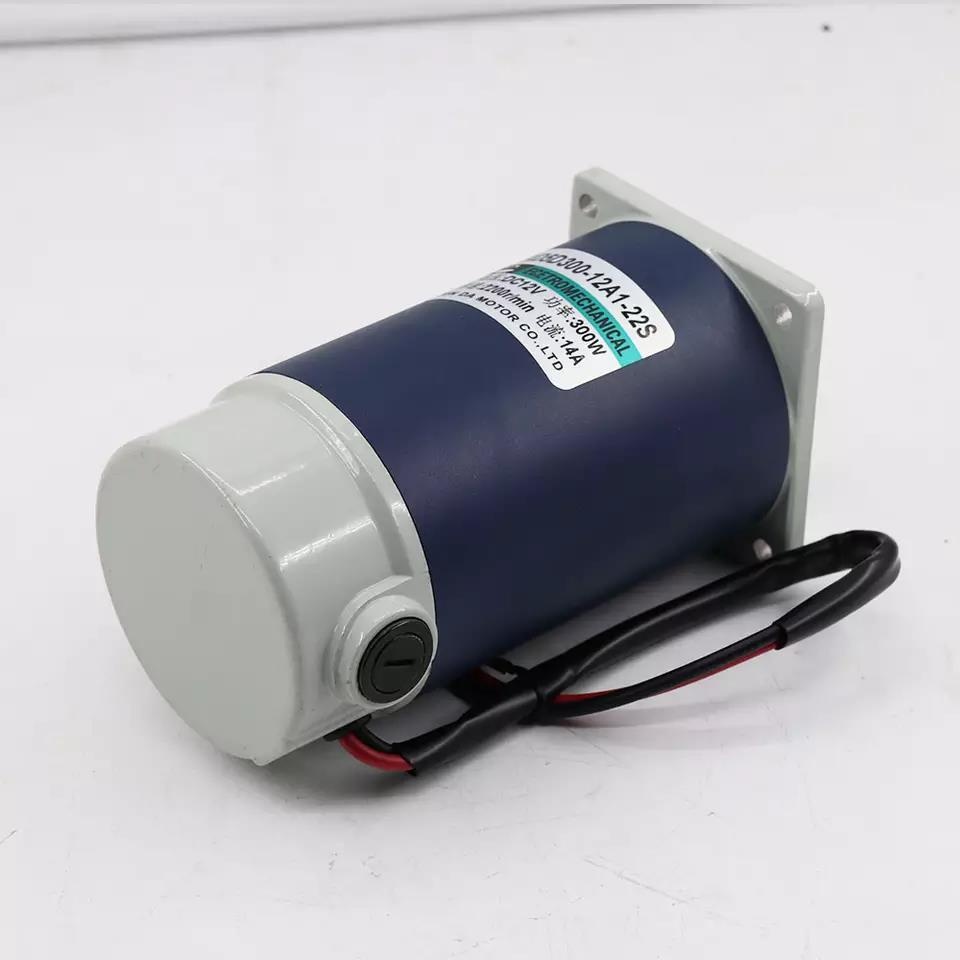


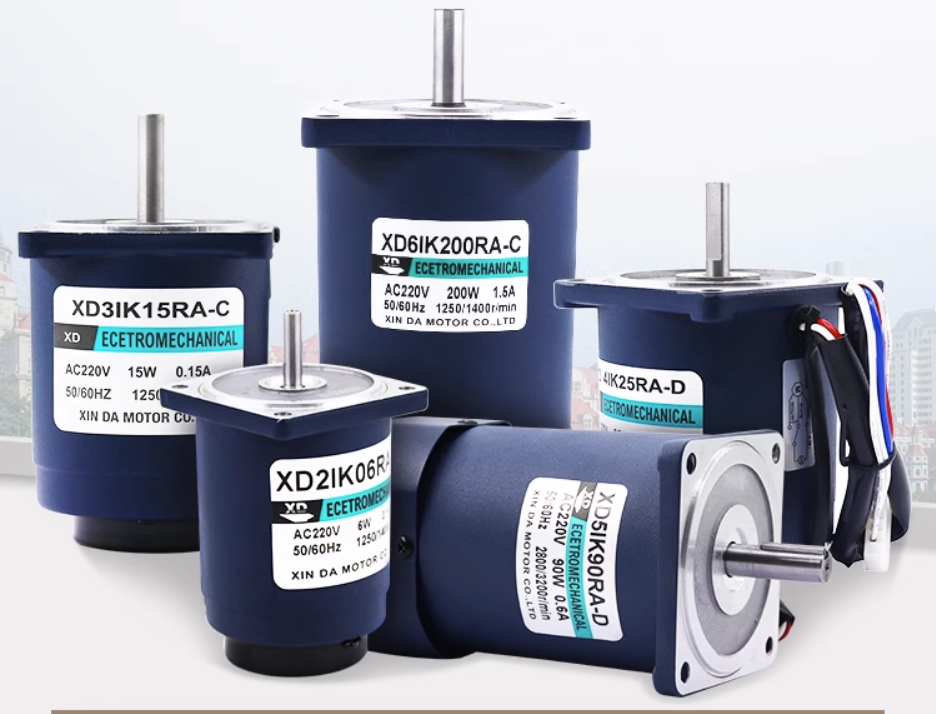


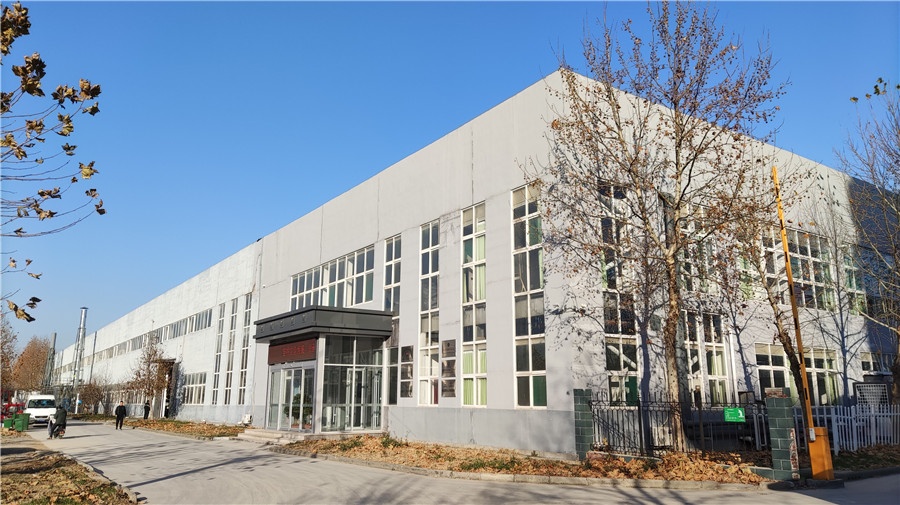
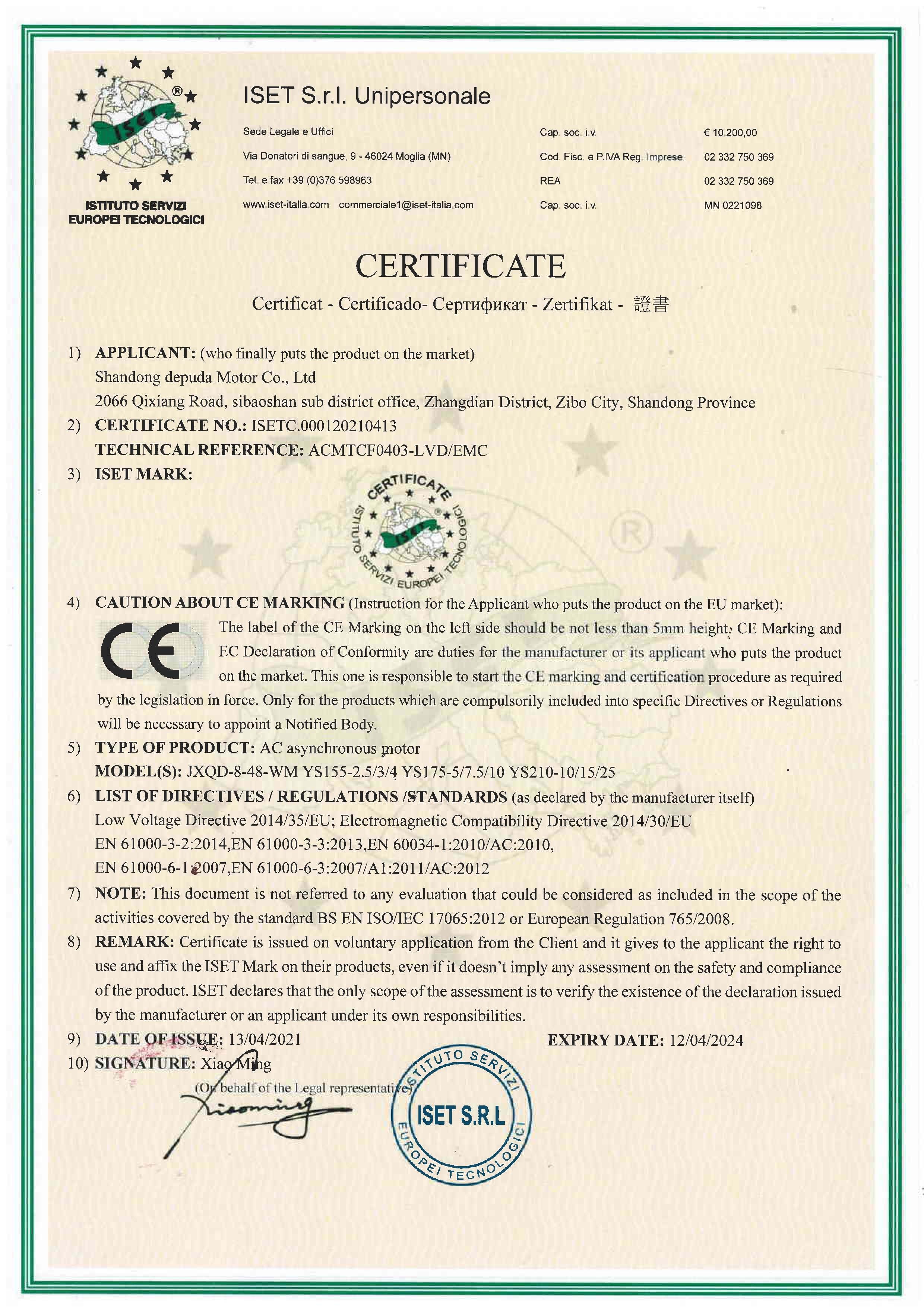
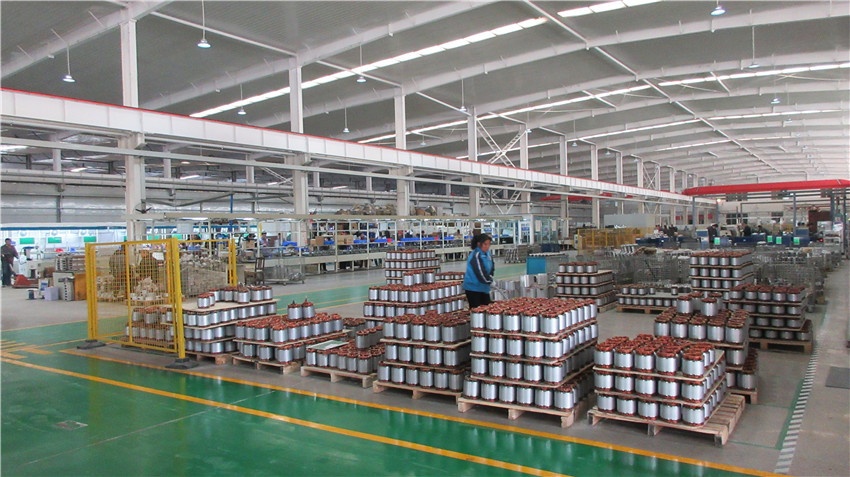
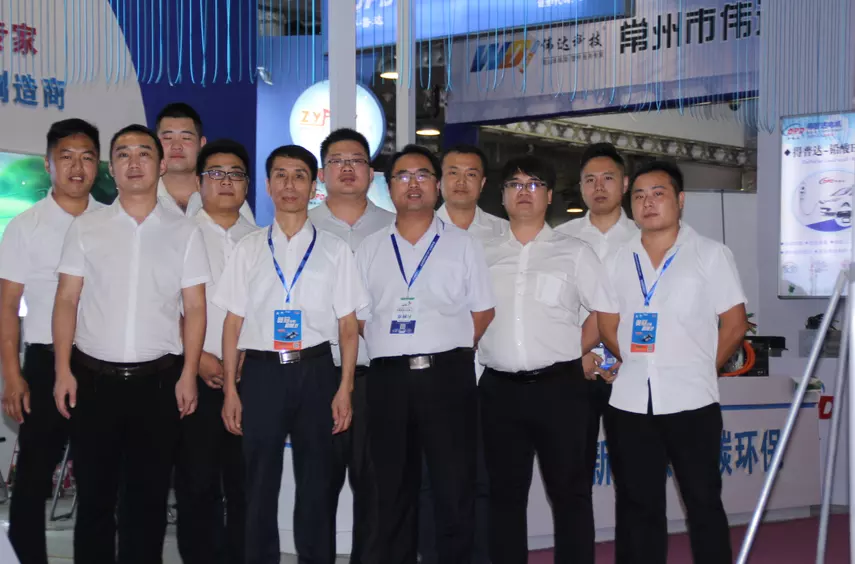


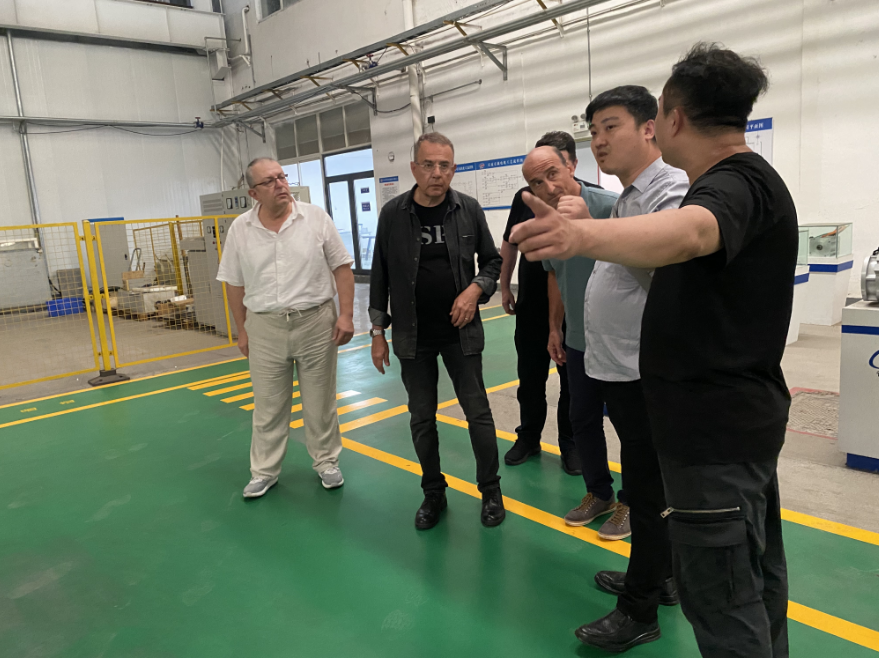
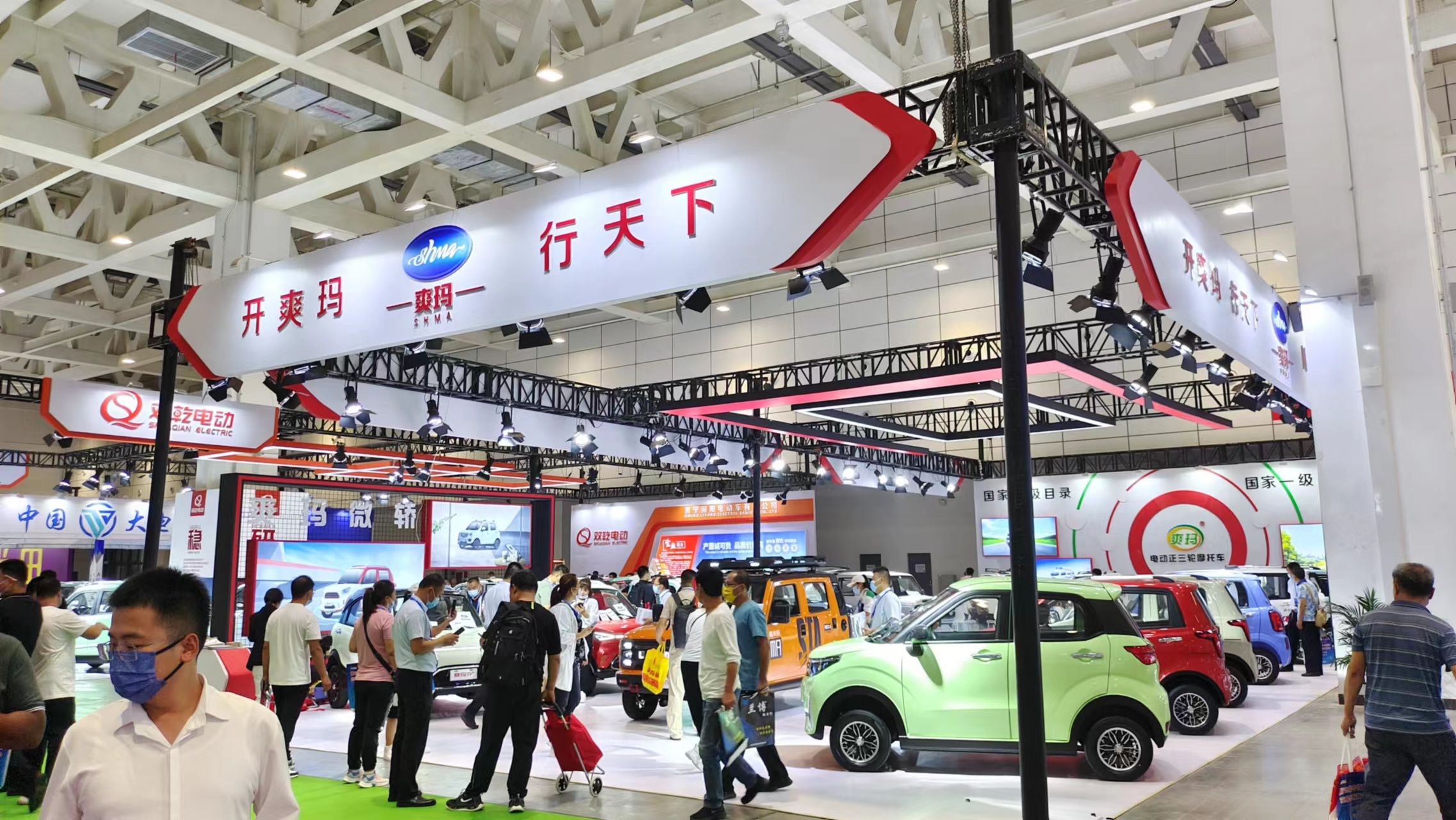


 XINDA
XINDA